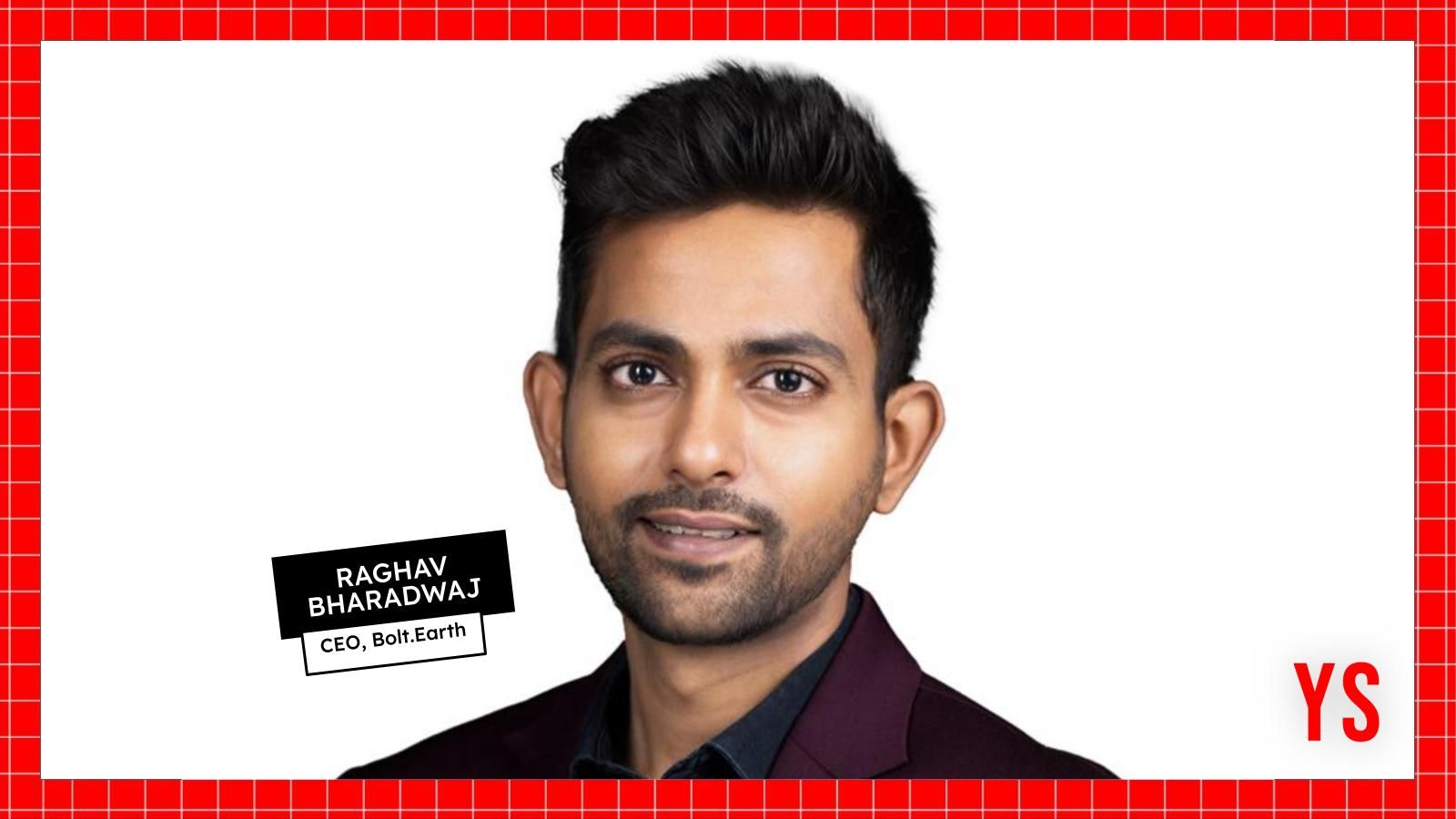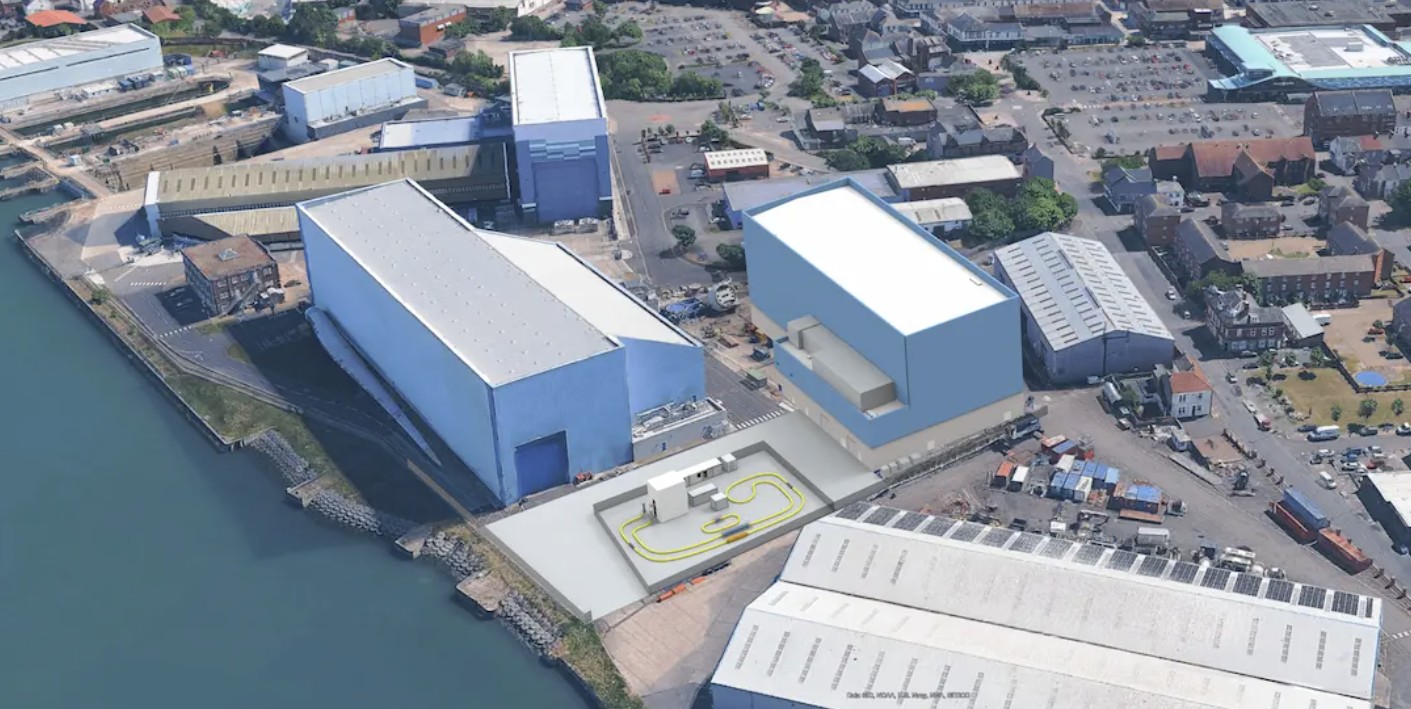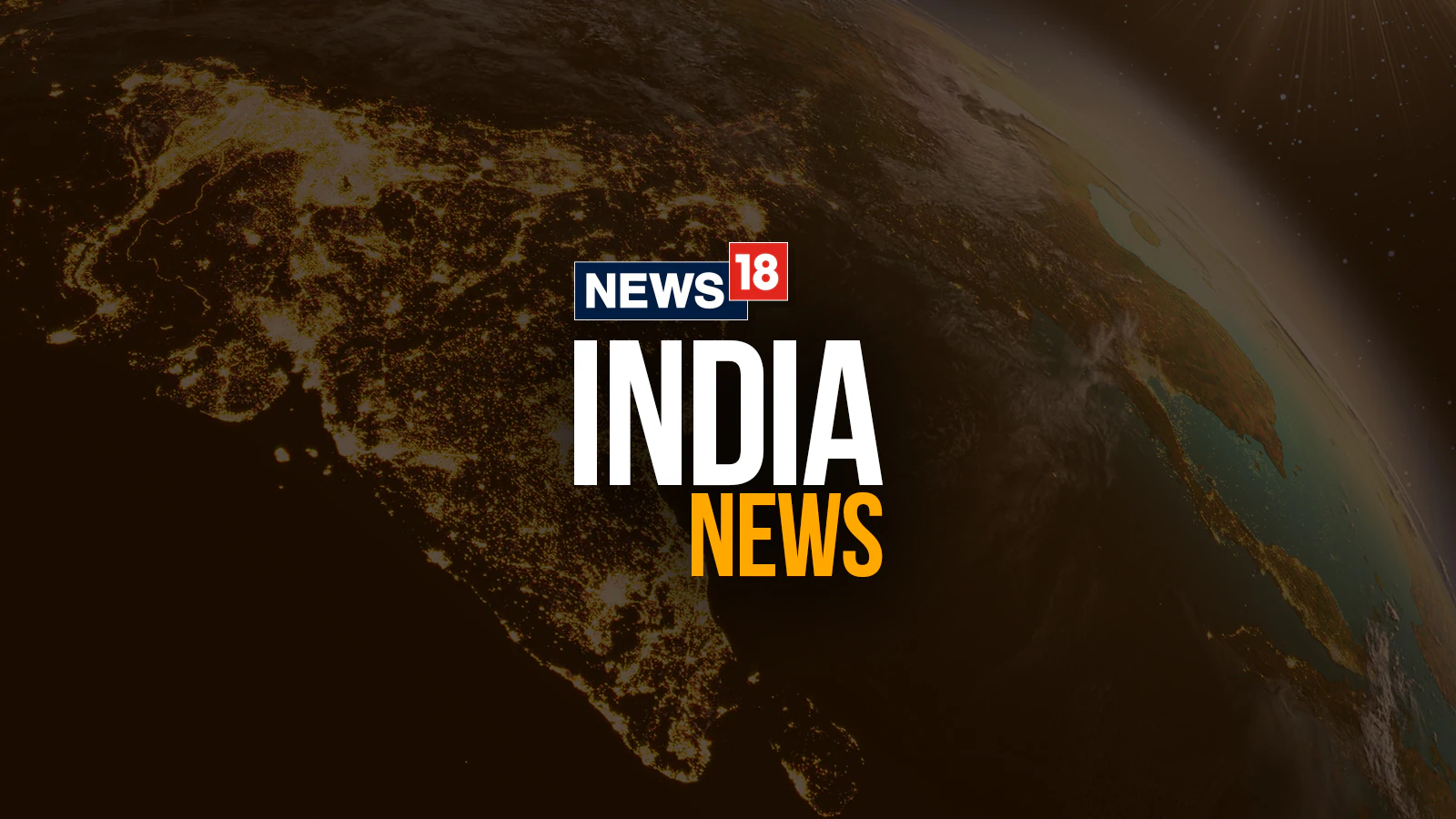Copyright yourstory

In India, electric vehicles (EVs) are no longer a distant dream. They are becoming a popular choice among people, especially in urban areas, with adoption steadily picking up in Tier II and Tier III cities as well. As EV usage expands, the demand for a reliable charging ecosystem has seen an uptick, driving the development of infrastructure across apartment complexes, office parking spaces, and public areas. Among the key players in this ecosystem is Bolt.Earth. According to its Co-founder and CEO Raghav Bharadwaj, the company commands a 63% market share, having deployed over one lakh chargers across 1,800 cities and towns. By 2028, it aims to deploy 10 lakh chargers every year. The Bengaluru-based firm’s rise to the top lies in its business model, which stands apart from its competitors. Bolt.Earth operates on an Airbnb-style model for charging whereby it partners with hosts such as apartments, commercial buildings, and office complexes to set up their charging stations. Bharadwaj credits this model for the company’s growth. The firm is on track to touch $5 million (~Rs 43 crore) in revenue this financial year and is looking to touch $20 million in revenue next year. In an interview with YourStory, Bharadwaj discusses the use cases of the firm’s recent fast charger launch, rising demand for public charging infrastructure, and how the firm is looking to capitalise on the growing EV adoption in India. Edited excerpts from the interview: YourStory [YS]: Could you take us back to when Bolt.Earth was started? Raghav Bharadwaj [RB]: We started in 2017 when EVs were barely visible on Indian roads. At the time, we were building an operating system for electric vehicles, though that business has since been phased out. Around 2020, we pivoted to EV charging and launched our own network. We are a vertically integrated company, which means we build the hardware, software, and manage the full suite of services—from installation to maintenance. This lets us control the end-to-end charging experience and scale quickly. YS: How has the Indian EV charging landscape changed since the company was founded? RB: The market has grown rapidly in the last few years, although there is still a long way to go. India’s EV-to-charger ratio remains low and demand for infrastructure continues to rise. A common misconception is that India’s charging focus should mirror the West. In reality, two and three wheelers dominate India’s roads, accounting for nearly 90% of vehicle sales. EV adoption reflects that, with more than 60% of new three-wheelers already electric and two-wheeler EV penetration climbing toward 40%, while four wheelers remain under 10%. So, meaningful charging access must start where the volumes are. That has been Bolt.Earth’s approach from day one. We built a charging network designed for India, not copy-pasted from the West. While many players rushed into four-wheeler fast charging, we prioritised accessible charging for two and three wheelers in the locations where most charging actually happens: homes, apartments, workplaces, and commercial campuses. Roughly 90 to 95% of EV charging occurs in these private environments, with public fast charging making up only a small share. Now, as more four-wheelers enter the market, we have introduced our own fast charging solutions for cars. However, our core philosophy remains the same—deploy charging where it is genuinely required and where users will rely on it. This India-first focus has enabled us to scale quickly and close key gaps in the ecosystem. YS: How does Bolt.Earth monitor your infrastructure for any damage or need for service? RB: We are a vertically-integrated charging company. We build the hardware, run the software, and manage all services ourselves. On the software side, our Bolt.Earth app on iOS and Android lets users find chargers, navigate, and pay for sessions seamlessly. Every charger on our network is a smart charger that stays connected to our backend. Through our charger management system, we monitor real-time status, utilisation, uptime, and any technical issues across all one lakh chargers. The moment something goes wrong in the field, our team is alerted instantly. We also have a nationwide service workforce of more than 5,000 technicians who can quickly respond and resolve issues. So, the network is always live, monitored, and maintained end to end. YS: How have you priced your services? Could you elaborate on how your business model works with respect to that of your peers? RB: There are two main business models in charging today, and we take a different approach from most operators. Many CPOs (charge point operators) deploy fast chargers at their own cost, especially DC fast chargers for four wheelers. These units are expensive. By the time you account for hardware and electrical upgrades, a single installation can cost Rs 10 to 15 lakhs. Since charging tariffs are usually in the Rs 20 to 30 per unit range, the payback period stretches to eight to twelve years, while the equipment itself typically lasts only five to six years. It is a tough model to make sustainable. We operate differently. Instead of owning all the hardware, we sell our chargers upfront to what we call hosts, such as apartments, commercial buildings, or workplaces. They earn from every charging session on their premises, and we share that revenue with them. It is similar to an Airbnb-style model for charging. The host has a clear business incentive, and the economics work from day one. This approach aligns investment with demand and creates a much more scalable network for India. YS: Bolt.Earth recently launched a line of fast chargers—Blaze DC. Could you help understand how this product sets your company apart in the ecosystem? RB: Blaze DC is our game-changing fast charger, specifically built for two- and three-wheelers—a segment most charging companies have largely ignored. Unlike captive networks like Ather Grid, which only charge their own vehicles, Blaze DC is universally compatible. It handles all vehicle types and charging protocols, including Type 6 and Type 7 connectors with a single device. It charges rapidly—roughly 1% battery per minute—so a 15-minute session gives 40–50 km of range. This is transformative, especially for fleet operators like Swiggy, Zepto, and Rapido, who previously had to slow-charge vehicles for 4–6 hours. Now, drivers can top up in minutes during breaks, removing range anxiety and simplifying daily operations. We achieved this by integrating closely with OEMs like Ather, Ola, Hero Vida, and Ultraviolet. Blaze DC is the first product in India to offer truly universal fast charging for two- and three-wheelers, and the market response has been phenomenal. YS: Given your innovation in fast charging, how do you think this would eat into the battery swapping companies’ consumption? RB: Battery swapping has been debated for years, but within the industry the view is quite settled. Swapping works only as a niche, transitionary solution, mainly for small fleet operations. It does not scale. The core issue is standardisation. For nationwide swapping to work, every EV would need to use the same battery. You will never see all OEMs aligning to a single format. Even in China, where the government can mandate uniformity, swapping remains extremely limited. Fast charging solves these problems. Our Blaze DC charger, for example, can provide 40 to 50 kilometers of range in about 15 minutes. Swapping itself takes roughly the same amount of time, plus batteries are heavy and inconvenient for most users. If a fast charge delivers a similar or better experience, there is no compelling reason to swap. So yes, swapping will remain useful in narrow, specialised segments. For broad consumer adoption, fast charging is the technology that scales. YS: How has your top-line fared this year? RB: This year, we’re on track to reach around $5 million in revenue. Since launching Blaze DC for two- and three-wheelers and our Lightning DC series for four-wheelers, growth has accelerated significantly. Looking ahead, we expect to approach $20 million next year, reflecting the rapid expansion and strong demand for EV charging in India. YS: Have you managed to narrow your losses in FY25? Could you elaborate on the company’s path to profitability? RB: We’re on track to become profitable early in 2026, likely the first EV charging company in the world to do so. Globally, no EV charging company has achieved profitability yet, largely because most follow the model of deploying chargers at their own cost and recouping through long-term revenue. Our contrarian approach—selling chargers upfront—makes us achieve profitability much sooner. YS: You raised a Series A round in January this year. Are you looking to raise any fresh round of funding? RB: Once we reach profitability, likely early next year, we’ll start exploring additional funding. It’s a bit early to share details, but we’ll provide updates as soon as it’s appropriate. YS: Could you also clarify how many Indian cities are you currently present in? RB: We’ve deployed around 1 lakh chargers across 1,800 cities and towns, covering Tier I, II, and III locations. Our network truly spans all over India, including Lakshadweep, showing how far we’ve come. YS: How are you looking to scale this number up? RB: Our goal is to deploy around 1 million chargers in a single year by 2028. While the country’s demand is even higher, we aim to cover 60–70% of it. Currently, according to the Bureau of Energy Efficiency, we hold about 63% of India’s public charging market. We plan to continue scaling aggressively to expand that lead. YS: How has your growth in Tier II and Tier III markets shaping up? RB: EV adoption is actually growing faster in Tier II and Tier III cities than in Tier I. The reason is simple: running an EV costs about a tenth of a petrol vehicle, which makes a huge difference for farmers, delivery partners, and small business owners. Two- and three-wheelers dominate mobility in these areas—around 90% of the country relies on them. We are working closely with Bajaj, Mahindra, Piaggio, and other three-wheeler operators, deploying 20–30,000 chargers across Tier I, II, and III cities. This widespread network ensures EV adoption is supported everywhere, especially where it matters most. YS: Have you observed any interesting trends playing out in the charging ecosystem that has piqued your interest? RB: One key trend is fast charging for two- and three-wheelers. While Ather and Ola support fast charging, many vehicles, like the Bajaj Chetak, do not—similar to early smartphones, where not all devices supported fast charging. This is changing, and soon most two- and three-wheelers will support it. For four-wheelers, fast charging is standard, and our Lightning DC series is poised to play a bigger role as adoption grows. Another challenge across the industry is service and maintenance. Even large players like Tata Power rely on us for upkeep, thanks to our nationwide network of skilled technicians—a critical capability that is still rare in India. The takeaway is clear: EVs are the future, and building a robust charging infrastructure is essential to meet India’s EV adoption and climate goals by 2030. (Edited by Megha Reddy)



